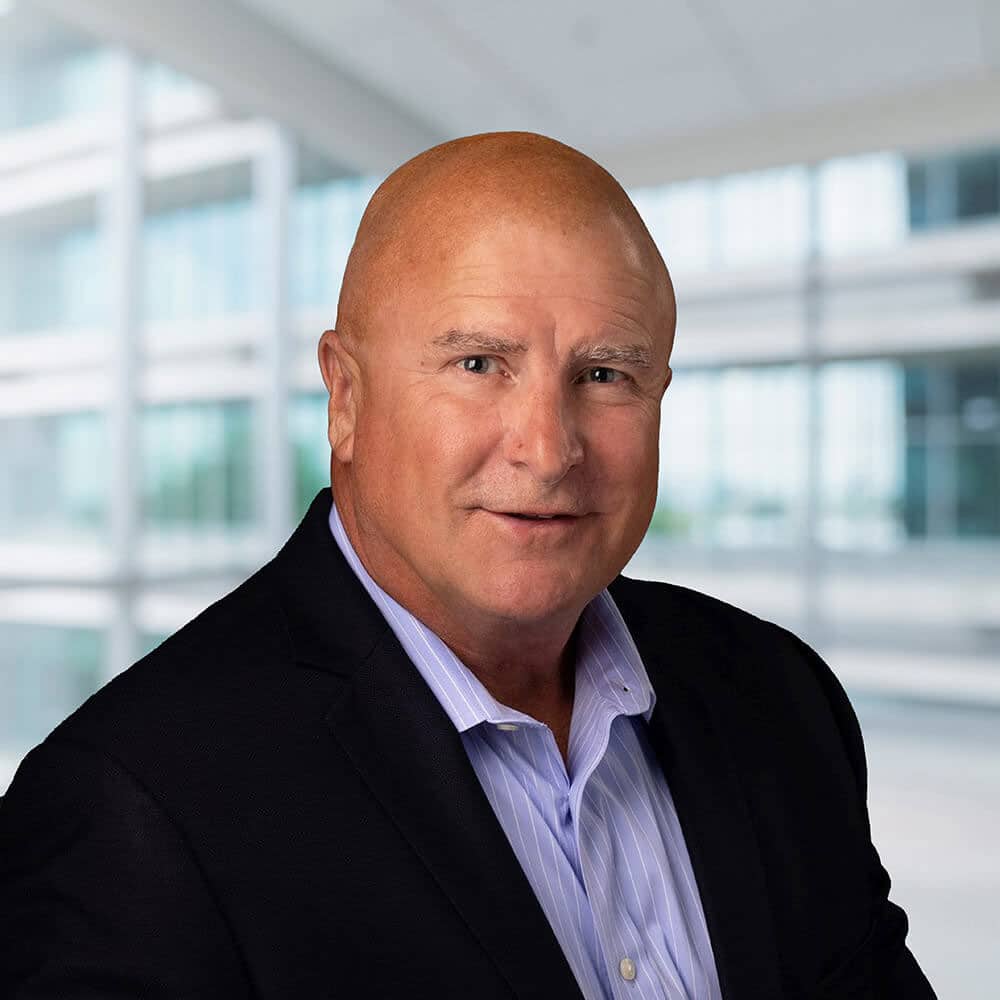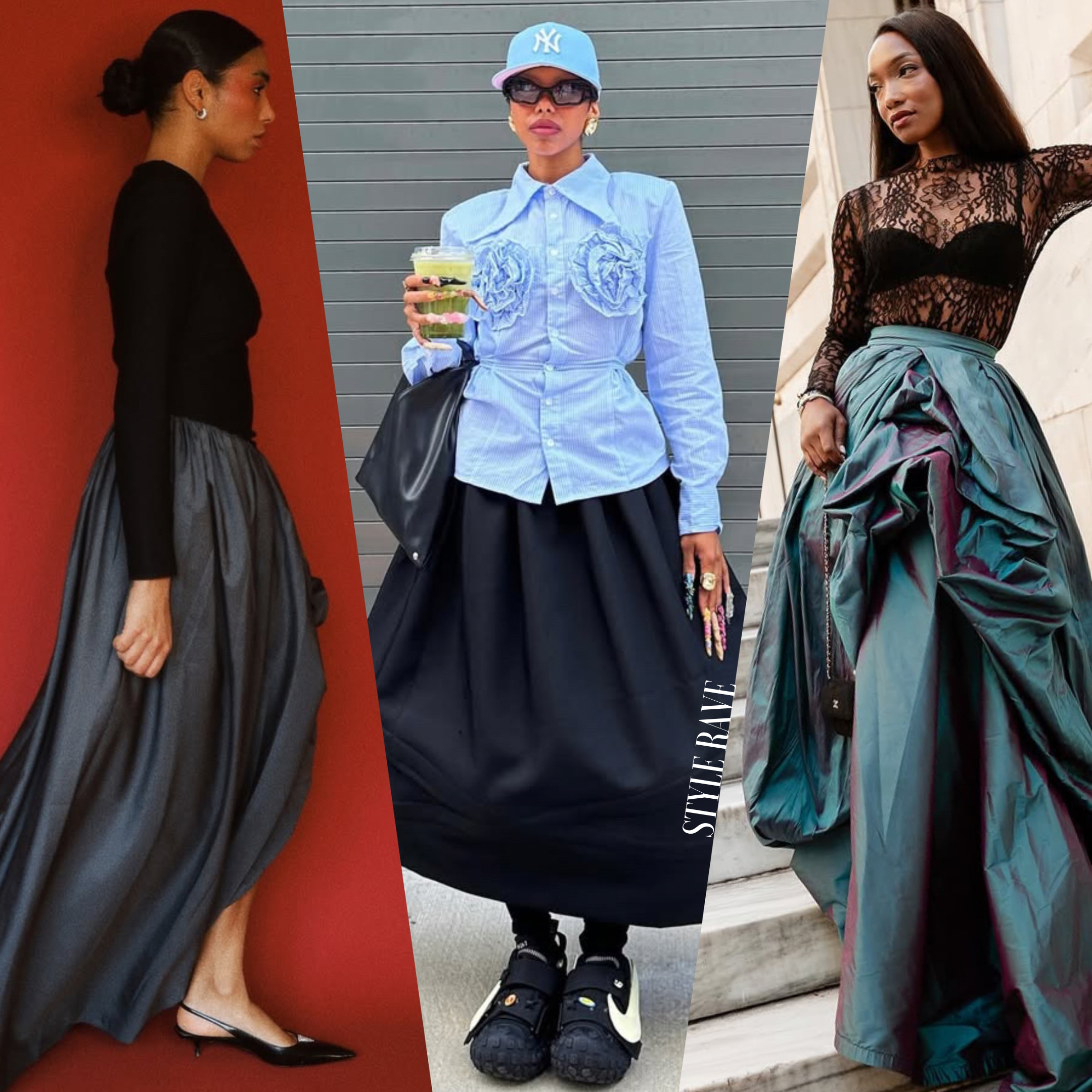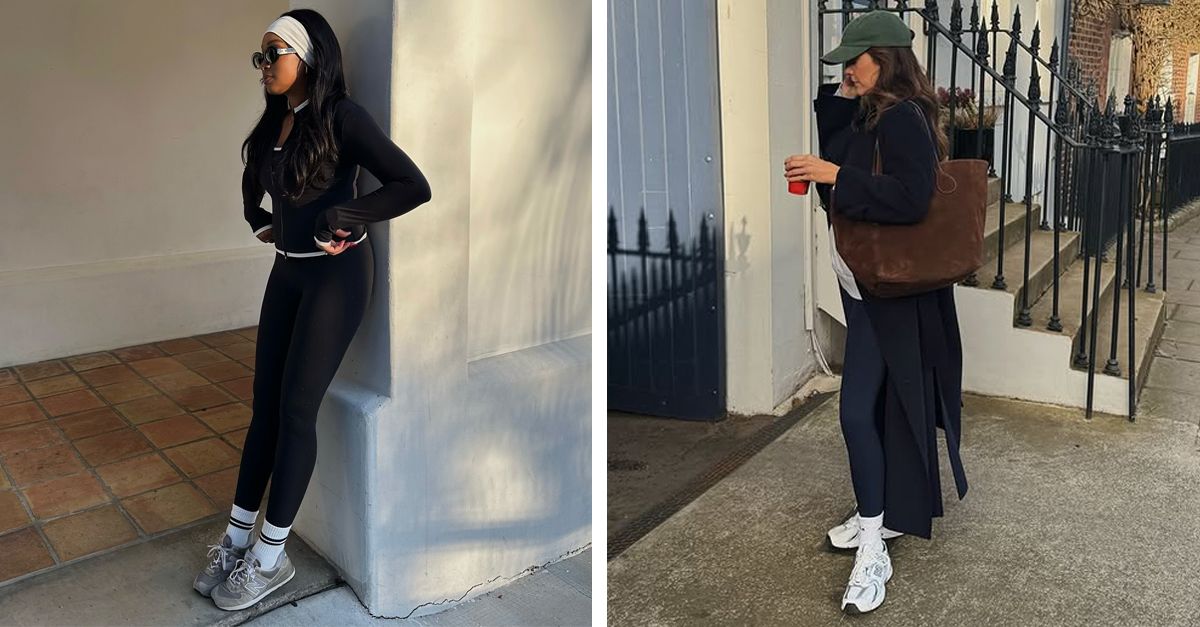Writer/director Rian Johnson and star Daniel Craig are back for the sequel to “Knives Out,” and so is editor Bob Ducsay. In an interview with RogerEbert.com, Ducsay talked about some of the challenges of editing a film to leave in enough clues so on the second time through audiences will say, “Ah, that’s what I should have been looking at!”
I think you had the hardest job of anybody in the movie. Putting all the pieces together so we see what you want us to see but not what you don’t want us to see, must be a real challenge.
I’d say I had the best job of the movie because it’s so much fun, especially on a film like this. It is a complication; the genre is a complication because you want to give the audience truth so that they are actually getting information that would be valuable to them if they knew that it was when they were watching it.
What you leave in the film and what you take out is sometimes a challenge. Rian wrote an unbelievably beautiful screenplay that solves a lot of those problems up front, but there are many, many items that you make a lot of judgment calls on and a lot of adjustments. What we tried to do in the film was give the audience absolutely the most information we could possibly give them without ruining the movie for them. That’s a challenge, and that’s a trick. But it’s also what made it such a fun movie to edit because one of the tricks of my job is pretending I’m the audience member, even though I know everything that happens. You try to make judgments. “What do I know? What do I think?” Things that I know about making movies, you have to bring all those things into consideration in the hopes that you are actually understanding what the audience is getting at any particular time. But honestly, it’s so much fun to do that.
I’m going to keep this spoiler-free, but I think it’s fair to say that the film has some repeated scenes seen from a different perspective and some repeated scenes. How do you approach that?
Again, it really starts with the screenplay and what the screenplay establishes. Because obviously, when Rian was writing the movie, he was thinking about all these same things that we then put a microscope on in post-production. But this “Rashomon” situation that this movie allows for, it’s extremely exciting. Because you’re just trying to figure out how far you can go without giving the audience too much so the whole thing collapses.
On the way home, they can go, “Oh, that’s it.”
Right, exactly. Because that’s the delight too, right? If you were to watch the movie a second time, you would see what you missed. And some things are amazing, the things that that I think that we thought would work. And it turns out they do, that the audience doesn’t pick up on it. And it’s not a trick. [laughs] Well, it is a little bit. It’s like a magician. It’s like we know you’re looking here, we’re not intentionally misdirecting you, but we know you’re looking here so it’s hard for you to see this. It’s nice. It’s great. When I see a movie like this, I’m delighted as well, because it’s so much fun to see it a second time and see what’s really going on.

At what point did you come into the film?
I start at the very beginning of production. I was on location with the movie in Greece. They shoot day one and I have that material day two, so I start putting the movie together right away. About two weeks after we finished shooting, there is a version of the movie. It’s still very rough, of course, but it is the movie. It is a version of the movie, I should say. And obviously, many more months of editing go into it after that point, including the effects. Although I will tell you that the movie is completely watchable without the environmental work. In other words, the environmental work is extremely additive because it’s such an exciting place to be. You really want to be there. It’s an unusual place where the movie is set. I’ve worked on a lot of movies where the visual effects are completely necessary to understand what’s going on, but it’s not the case here.
Is it typical for you to be involved so soon?
It’s pretty common in feature films. And it’s been very rare that I haven’t gone on location with the movies. Sometimes for budgetary reasons, it’s difficult to take any extra crew, including editorial. You can do it. It’s not like it can’t work. But the thing is, is that the close proximity of the picture editor is extremely helpful to the production because of the immediacy. We all learned during the pandemic how you could do things with Zoom and other collaborative remote tools, but there is nothing that replaces actually interacting with each other. And it varies depending on the director, but Rian likes to come by a couple of times a week while we’re shooting.
He’ll come by in the evening and we’ll go through the material from the previous week. And sometimes there are things that he’s particularly interested in seeing and just seeing how the movie’s coming together. We all learn things while we’re shooting so adjustments can be made. And it’s the reason for doing it. What you hope to do is you hope to get through the movie and have figured out everything you needed to shoot while you’re shooting. It’s not uncommon after you put the movie together, to have to do more photography. But if you can avoid it, it’s better. The less you have to do, the better. We did some inserts, but that’s all. We had no real additional photography on this film. That’s part of the goal. Part of the goal is you’ve learned as many things as you can to keep from having to do things inefficiently by doing it in post.
Especially with a big ensemble cast.
Right, exactly. Because it becomes hard to put people back together, it’s expensive, etc. But also just from a creative standpoint, forget about getting all the shots or something that you think, Oh, wouldn’t it be great if we had this? It’s just understanding how the movie is coming together as a movie and not just what it means to shoot dailies.

The editing in that scene near the beginning where you see all the characters opening the invitation box is dazzling, so witty and so brilliantly edited, like a puzzle box of its own.
It was so fun to put that sequence together. It is like you’ve got this little puzzle box that you put together. There’s a lot of design that goes into these things ahead of time because you have to know how the puzzle box works, and [production designer Rick Heinrichs] and his department designing the whole thing and all that. A lot has to be figured out in prep. But for me, it was just fantastic because of all the intercutting. It’s something where film as a medium is different than anything else because of the ability to switch location and time just on a cut. It’s really pure film editing a sequence like that. It was an absolute blast.
What is the best advice that you ever got about being an editor?
One of the things that I really appreciate about my relationship with Rian is he’s always pushing for simplicity in the editing, which is generally a good goal with anything about making a movie. Simple as in, design and anything. But it’s something that we really strive for. And it wasn’t that I didn’t know this. I really appreciate it because I’ve tried to continue to apply it, not just in my work with Rian, but I make it a point of emphasis in my work to construct things as simple as possible and stay out of the way of the actors and the storytelling. Sometimes you have to do things with some brute force to get something to work. But if there’s a simple way of doing something, it’s almost always the best way.
Just knowing we need to take this line out because we’re a little out of balance here, or we need to add this flavor back in because we’re a little out of balance. And it’s very micro work, it’s very nuanced work. But to me, it’s my favorite thing to do. I just think it’s so much fun. And every change you make has an impact on other things. It’s like you’re constantly just adjusting. You’re just tuning in and just focusing it as well as you can to just have the perfect flavor of everyone.
I’m always learning things, and so it doesn’t make any difference how long I do this. There’s always a new piece of information or a new emphasis, something new to highlight that I hope makes me better at my job.
“Glass Onion: A Knives Out Mystery” will be available to stream on Netflix on December 23rd.
























































![Social Media Spring Cleaning [Infographic] Social Media Spring Cleaning [Infographic]](https://imgproxy.divecdn.com/9e7sW3TubFHM00yvXe5zvvbhAVriJiGqS8xmVFLPC6s/g:ce/rs:fit:770:435/Z3M6Ly9kaXZlc2l0ZS1zdG9yYWdlL2RpdmVpbWFnZS9zb2NpYWxfc3ByaW5nX2NsZWFuaW5nMi5wbmc=.webp)
![5 Ways to Improve Your LinkedIn Marketing Efforts in 2025 [Infographic] 5 Ways to Improve Your LinkedIn Marketing Efforts in 2025 [Infographic]](https://imgproxy.divecdn.com/Hv-m77iIkXSAtB3IEwA3XAuouMwkZApIeDGDnLy5Yhs/g:ce/rs:fit:770:435/Z3M6Ly9kaXZlc2l0ZS1zdG9yYWdlL2RpdmVpbWFnZS9saW5rZWRpbl9zdHJhdGVneV9pbmZvMi5wbmc=.webp)














